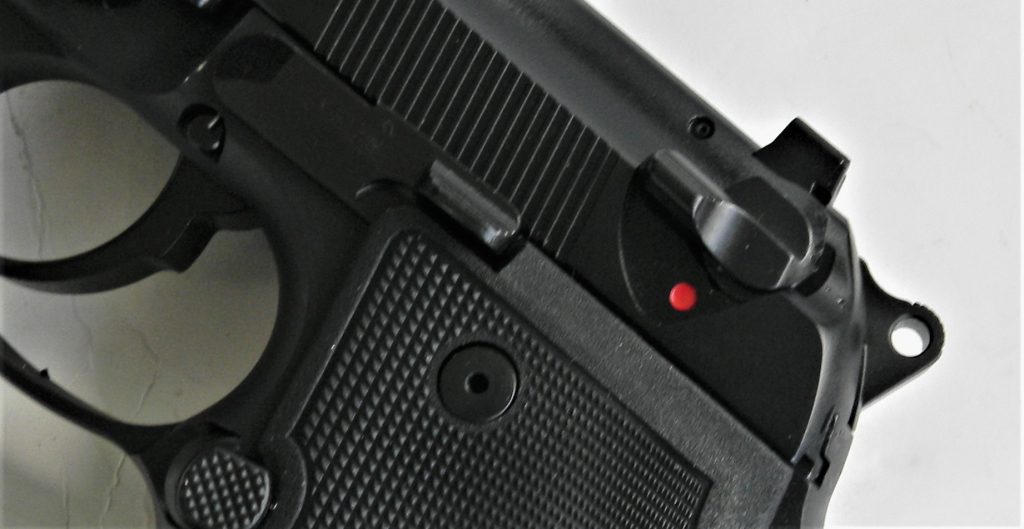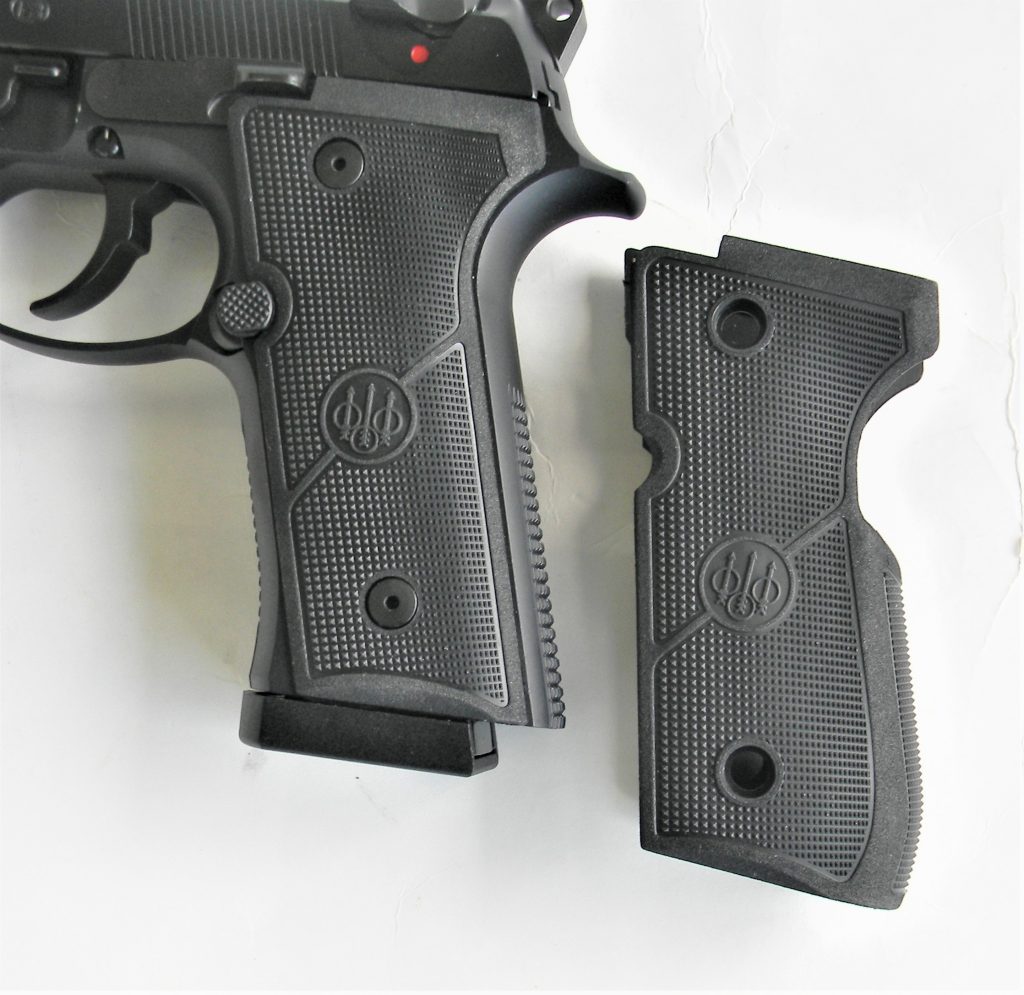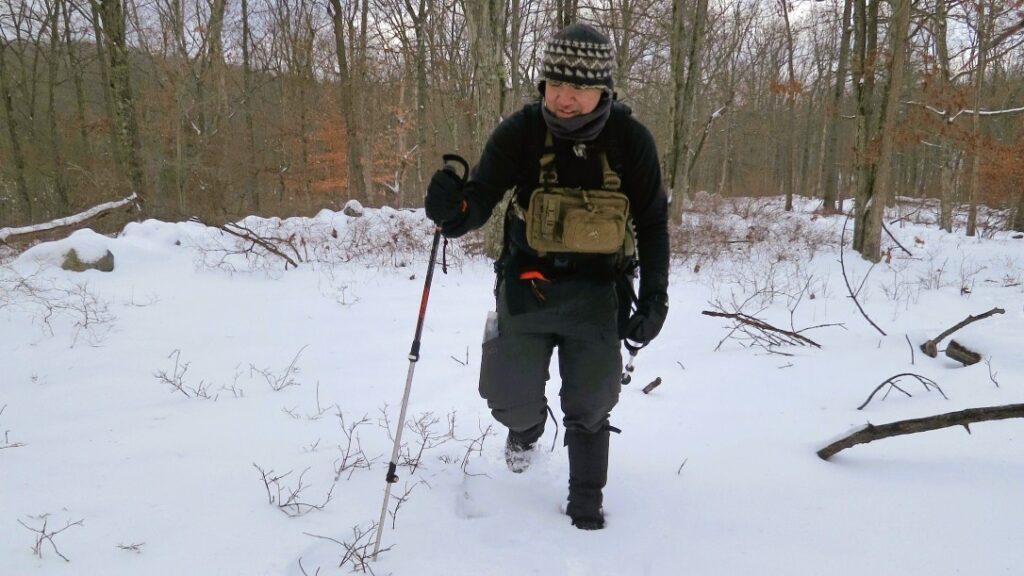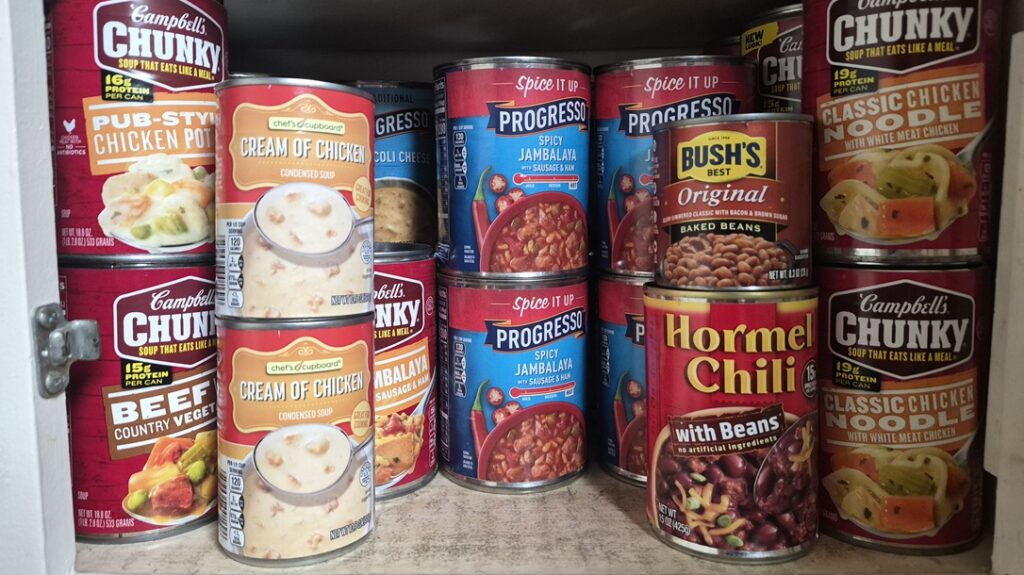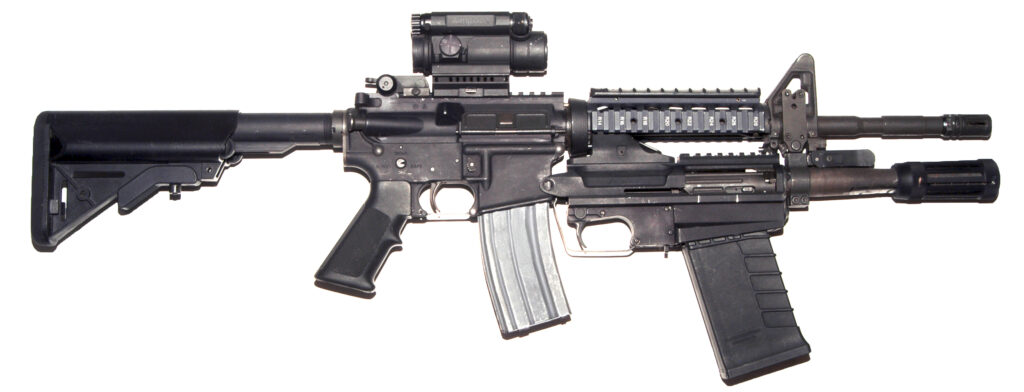For many years I have taught classes for shooters armed with the Beretta 92, sometimes military, more often police.
In civilian classes, quite a few shooters have shown up at class with a Beretta 92 also. Quite often veterans, they are comfortable with the Beretta and respect its capabilities. Those who used it knowledgeably at least. As for my own experience the rivalry between SIG and Beretta crossed over into police work, and my agency and a nearby agency issued different examples of these handguns.
While there were fervent fans of each, both of us felt a little sorry for the largest municipal agency in the county. They were issued the Smith & Wesson Model 59. This pistol could be problematical and was not in the class for accuracy with the SIG or Beretta. One of my friends was a fine instructor and nearly failed his instructors class with the Model 59. He ‘fell apart’ at 50 yards. When he returned home he and I carefully benchrested the Model 59 using an iron clad shooting technique. At 50 yards the pistol averaged an 8 inch group. Pistols like this are the reason many agencies abandoned the 50 yard portion of qualification.
Advertisement — Continue Reading Below
My friends agency had just transitioned from Smith & Wesson .38 and .357 revolvers. Many of these would put five bullets into three inches or less at 50 yards fired double action from a barricade rest. My personal SIG P226 would group five shots into 1.6 inches at 25 yards with the Federal 124 grain Hydra Shock. The Beretta isn’t far behind.
When another friend’s agency qualified with the Beretta 92 they were also transitioning from revolvers. They purchased ten thousand 9mm reloads from the same company that had supplied .38 reloads. It was jam… jam… jam… as the company had not properly sized the cartridges.
The early days of transition were not always easy.
Advertisement — Continue Reading Below
Somehow we managed to get through getting officers transitioned and qualified in one or two days, moving to a double action first shot handgun that required learning two trigger actions and a decocker. Some preferred the Beretta’s manual safety over the SIG’s decocker only, some asked for a decocker only Beretta- and got it. Thank God most of the officers practiced on their own time and their own dime.
I was tied up with the 1911 most of these years. I was issued a SIG P series and used my own P220 .45 occasionally. But the popularity of the Beretta and my son’s military experience have given me a great respect for this pistol. I cannot recall an unqualified malfunction with this pistol. Like all pistols subjected to hard use there are areas of concern. The locking wedge should be replaced at some point, but a mostly unheralded change in the shape of the locking wedge has reduced the need for changing the oscillating wedge, locking wedge or locking block as it is variously called. There are improved versions of the Beretta 92 including the 92A1 and the Wilson Combat Beretta. I have owned several. At present the best choice for most of us seems the Beretta 92X in 9mm. At about seven hundred dollars the 92x is affordable but offers a number of upgrades.

Advertisement — Continue Reading Below
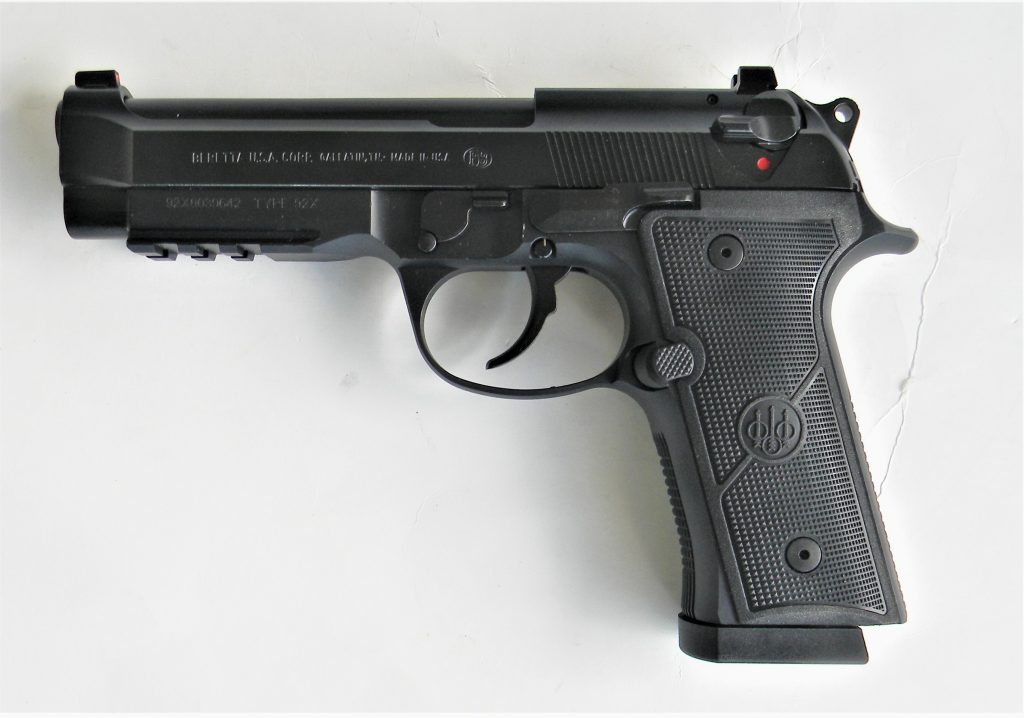
The operating system is the proven Beretta double action/single action. The pistol locks and unlocks by using an oscillating wedge as pioneered in the Mauser 96 and used in the Walther P 38 as well. In most ways the Beretta 92 is an updated and modified high capacity Walther P38. The open top slide is steel, the frame is aluminum. The frame features a light rail for mounting combat lights. the sights are improved over the original. They are set in dovetail slots allowing the sights to be changed if needed. The front post is drilled with a nice bright red dot while the rear sight features an improved sight picture and serrated rear face. The pistol is delivered with three 17 round magazines.
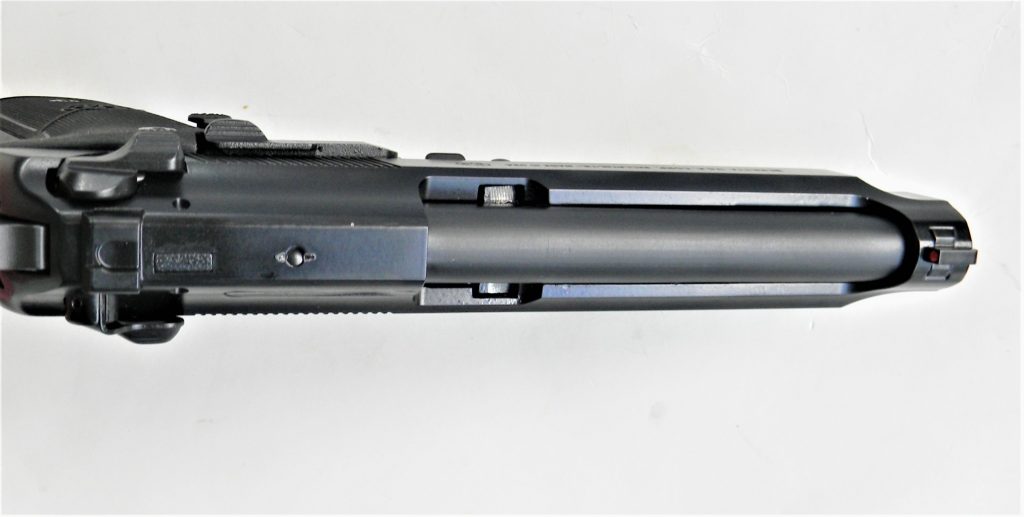
Advertisement — Continue Reading Below


The change in the 92X that endears the pistol to me is the Vertac grip. This grip has been around some time and it is my favorite Beretta grip style. It fits my hand much better than the original 92. The 92 is a bit broad for some hands. If you prefer the original, Beretta supplies a grip cover that closely mimics the original 92 grip. The combination of a Vertac grip and improved sight design would lead to a pleasant firing experience. The pistol’s fit and finish is very nice, as expected from Beretta, and the trigger action seems a bit smoother than the original Beretta 92 in the gun safe.
Advertisement — Continue Reading Below
I began the evaluation with a good supply of 9mm Luger ammunition, primarily Fiocchi 115 grain jacketed ammunition. The magazines are easy to load and all controls are positive in operation. I began with the slide locked to the rear and then insert a loaded magazine. With the Beretta you may place the safety in the on position and drop the slide. The hammer decocks and the pistol is on safe and ready to carry. Some will simply carry the pistol off safe and rely on the double action trigger as a safety feature, others will prefer on safe carry. The safety may be quickly manipulated to off safe using the same straight thumb thrust you use with the 1911 pistol safety.
Advertisement — Continue Reading Below

I drew from one of the finest holsters for concealed carry, the DeSantis Speed Scabbard. This holster features good molding and three belt slots to adjust cant. The holster is nicely stitched and finished. I began standing at 5 yards, and progressively moved to 7 and 10 yards. The pistol is fast on target and controllable. Keep the sights aligned as you press the trigger to the rear and you have a hit. The Beretta’s famous light muzzle flip results in excellent controlled hits. I shoot this pistol better than any other Beretta I have tested.

Advertisement — Continue Reading Below

Absolute accuracy is always interesting. I settled down to fire the pistol for bench rest accuracy. I used a rolled up range bag and fired the pistol with three different loads. The results were very good.
Load Velocity/ Pro Chrony 5 shot group
Advertisement — Continue Reading Below
Fiocchi 115 gr. FMJ 1140 fps 2.0 in.
Fiocchi 124 gr. XTP Extrema 1159 fps 1.8 in.
Fiocchi 147 gr. JHP 890 fps 2.4 in.
The Beretta is smooth, accurate, fast handling, and among the most reliable handguns every designed. It is worth its price.

